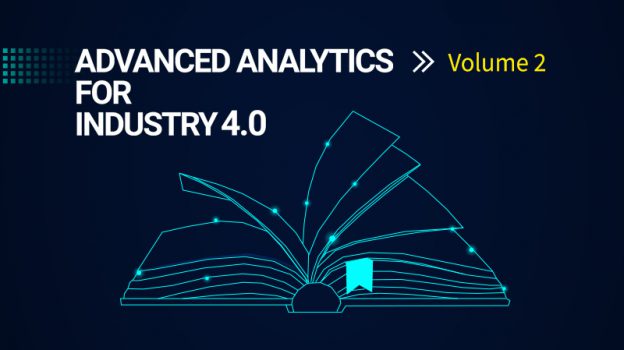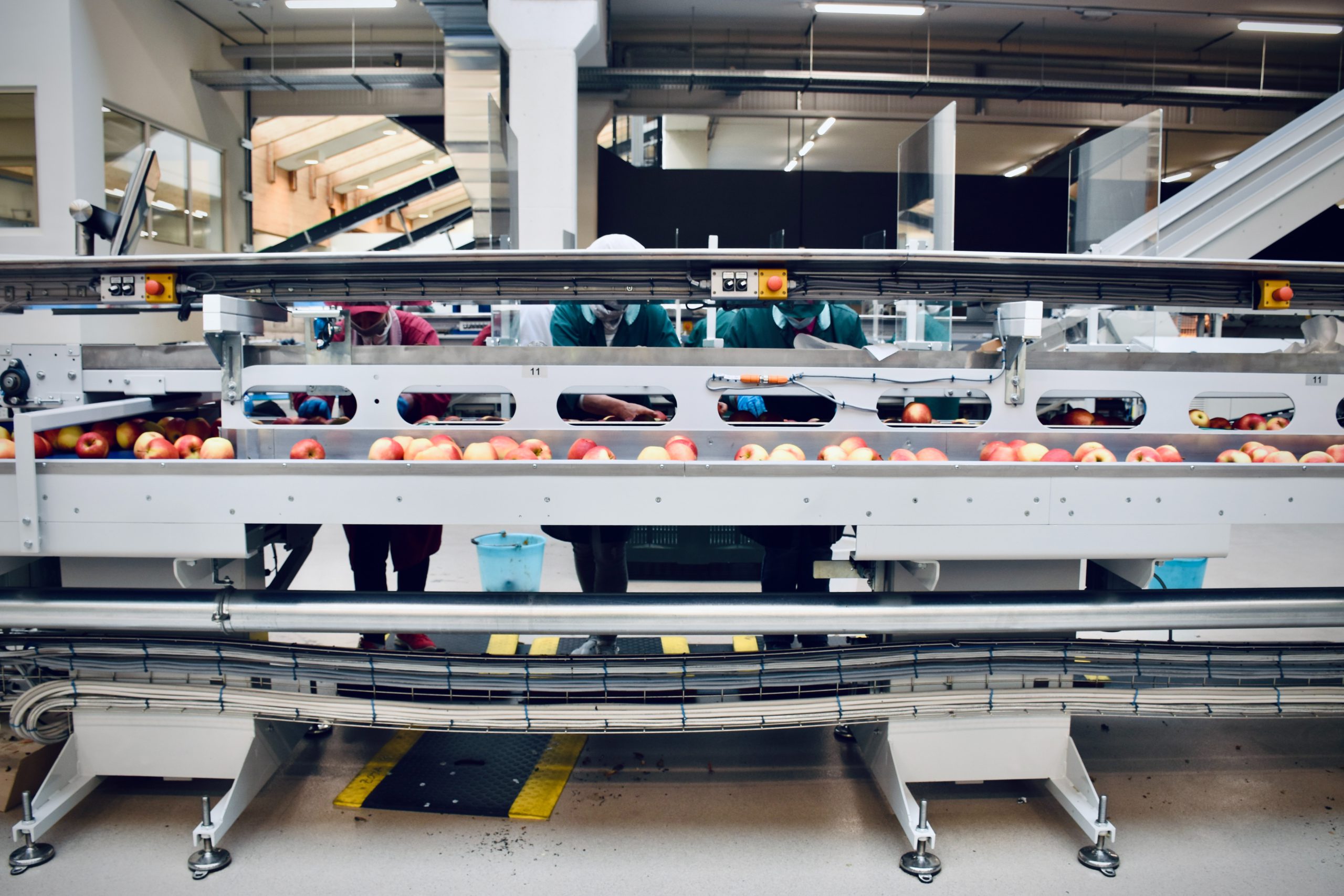
Much of the biomechanical research over the past 20 years has investigated the influence of potential injury risk factors in isolation. More likely, multiple biomechanical and clinical variables interact with one another and operate as combined risk factors to the point that traditional biomechanical analysis techniques (that is, using discrete variables, such as peak angles, together with a statistical hypothesis test, such as analysis of variance) cannot capture the complexity of these relationships.
To identify these complex associations, advanced analytics and machine learning methods are necessary. However, to build accurate classification and prediction models, an adequate number of samples is needed, which grows exponentially
with the number of variables used in the analysis. Similarly, traditional data analytics may not be able to handle these large volumes of data. The increasing amount of data in biomechanics research has dramatically increased the importance of developing advanced multivariate analysis and machine learning techniques, which can better handle ” Big Data. ” Consequently, advances in data science methods will expand the knowledge for testing new hypotheses about biomechanical risk factors.
This chapter begins with a brief introduction to the application of advanced analytics in the biomechanics industry, followed by a discussion of existing multivariate and machine learning methods that can be applied to Big Data analytics. Finally, fundamental challenges and future research directions are presented.







